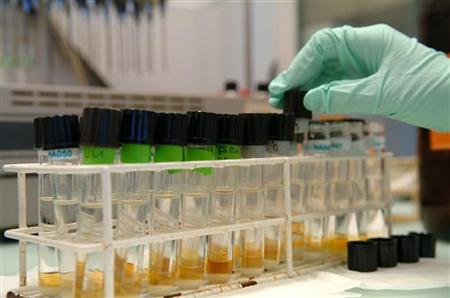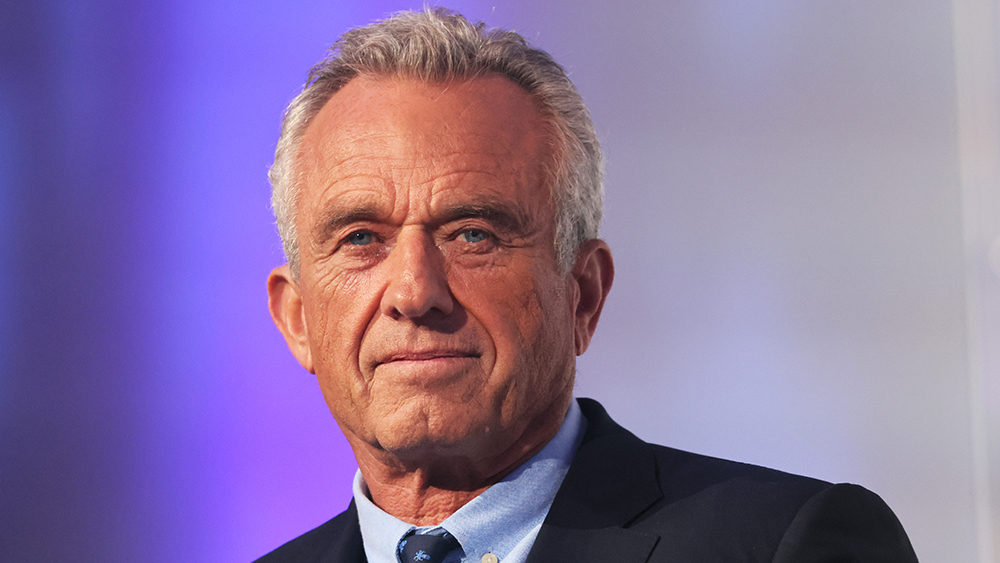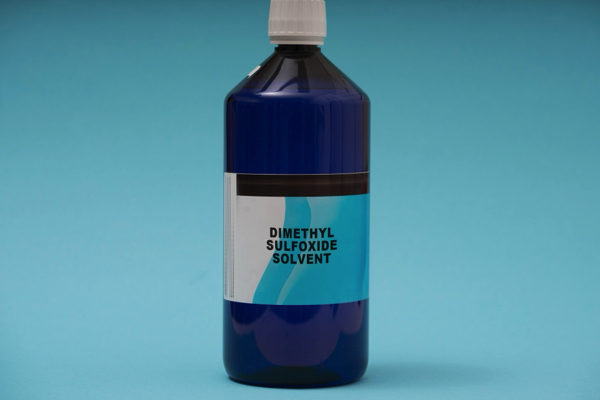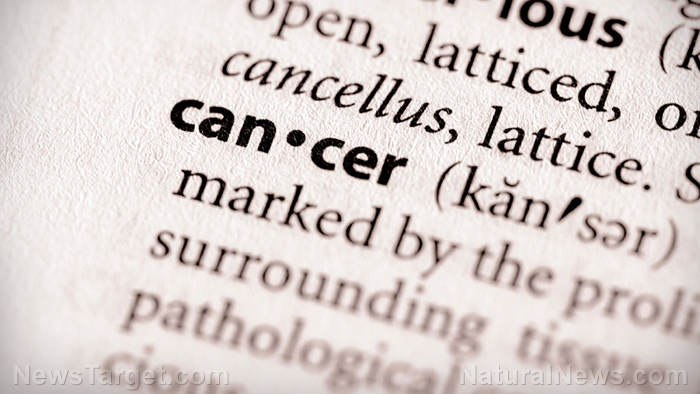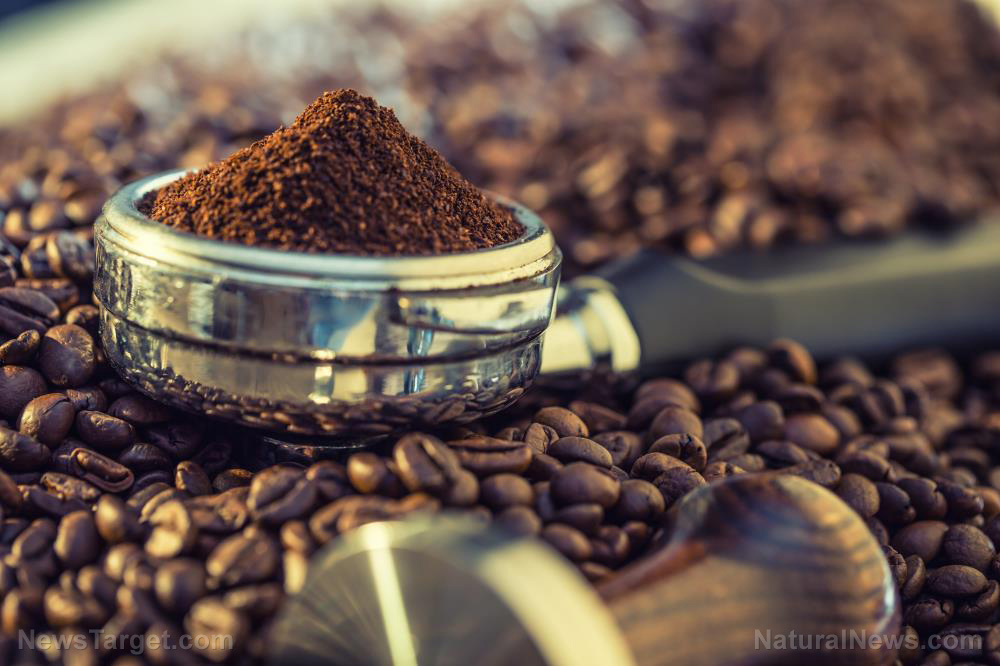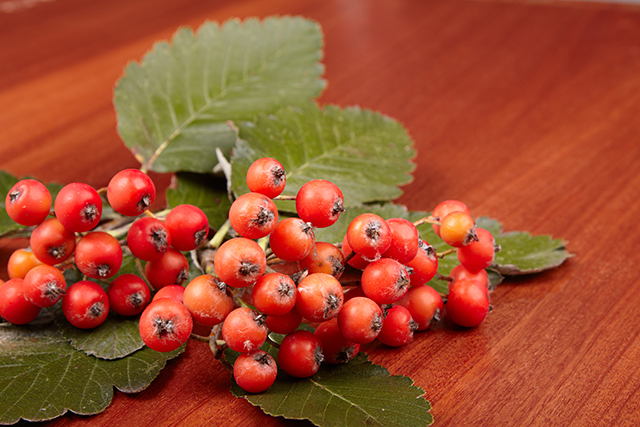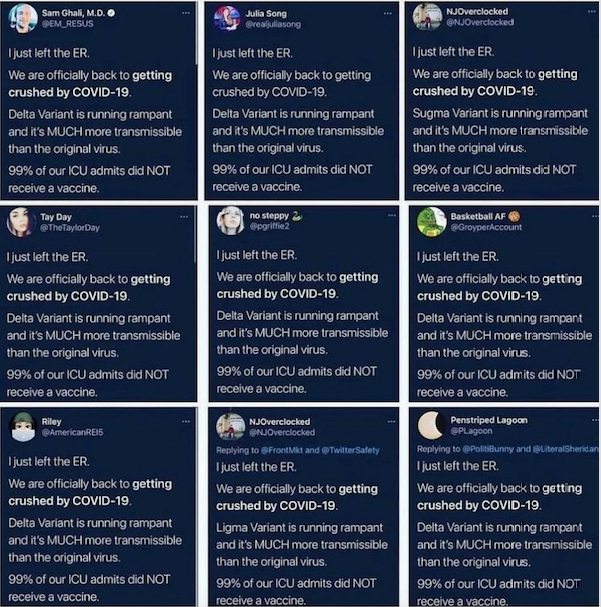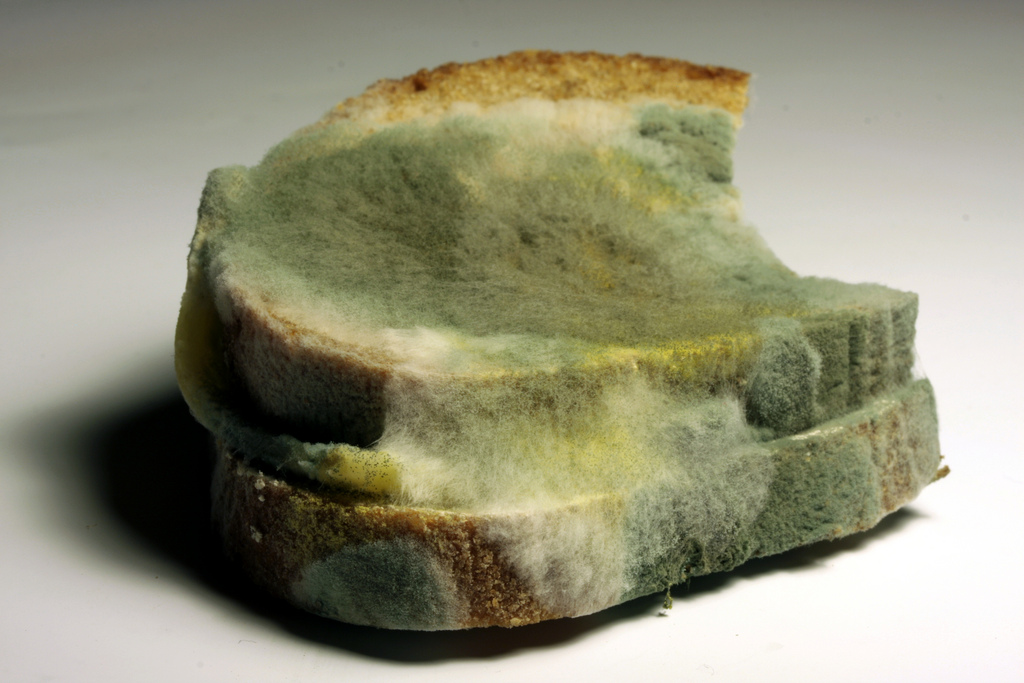J. Robert Hatherill’s “Eat to Beat Cancer” highlights the power of food in cancer prevention
06/11/2025 / By Ramon Tomey
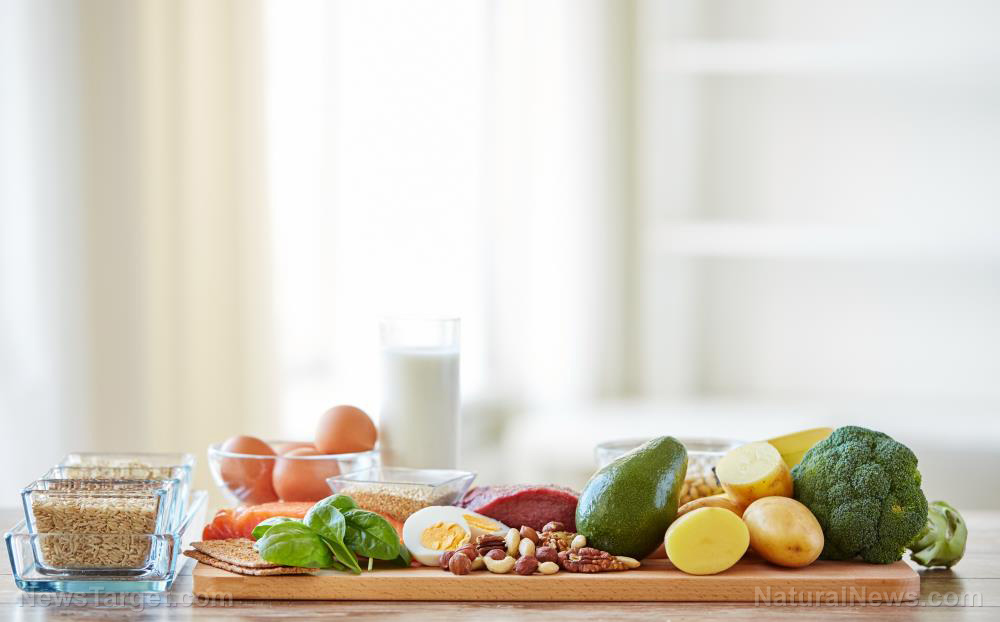
- J. Robert Hatherill’s “Eat to Beat Cancer” argues that up to 90 percent of cancers may be preventable through strategic food choices, with plant-based diets rich in whole grains, fruits and vegetables emerging as the most powerful defense – surpassing traditional methods like avoiding smoking.
- Modern processed foods, refined sugars and animal fats (post-Industrial Revolution) correlate with rising cancer rates, contrasting with historically lower disease prevalence in populations consuming high-fiber, whole-food diets.
- Eight food groups are highlighted for their cancer-fighting properties – including cruciferous vegetables (DNA protection), alliums (antitumor effects), fruits (vitamin C/flavonoids) and legumes (antiviral benefits). Cooking methods (e.g., steaming) and healthy oils (e.g., olive oil) further enhance protection.
- Beyond diet, avoiding tobacco, limiting alcohol, regular exercise and stress management collectively reduce cancer risk. Prevention outweighs treatment-focused approaches, given cancer’s slow development (10–20 years).
- Prioritize varied, colorful plant-based meals, minimize processed/red meat and use supplements (e.g., vitamins B12, C, selenium) to address gaps. Food is framed as medicine, offering a proactive path to reducing cancer risk.
Cancer remains one of the most feared diseases of our time, but emerging research suggests that much of its risk can be mitigated through something as simple as diet.
In his book “Eat to Beat Cancer,” research scientist J. Robert Hatherill reveals that up to 90 percent of cancers can be prevented by making strategic food choices. This insight aligns with a growing body of evidence that shifts the focus from traditional prevention methods – like avoiding smoking – to embracing nutrient-dense, plant-based diets as the most powerful tool against cancer.
A century ago, diets were vastly different from what they are today. People in the olden days relied on fresh fruits, vegetables and whole grains, with meat being a rare luxury. But the Industrial Revolution transformed agriculture, prioritizing high yields over nutritional quality.
Processed foods, refined sugars and animal fats became dietary staples, coinciding with a sharp rise in chronic diseases like cancer and heart disease. By the 1970s, researchers like Denis Burkitt observed that populations consuming high-fiber diets – such as rural Africans – had significantly lower rates of colon cancer. This discovery highlighted the critical role of disease prevention, yet modern eating habits continued to drift further from these principles.
Despite massive investments in cancer research, including the 1971 National Cancer Act, cancer rates have continued to climb. The emphasis on treatment – advanced diagnostics, chemotherapy and radiation – has overshadowed the potential of prevention.
However, cancer development is a slow process, often taking 10 to 20 years from initial carcinogenic exposure to tumor formation. This lengthy timeline presents a crucial opportunity for dietary intervention. Certain foods contain chemopreventive agents that can halt or even reverse cancerous changes in cells, making nutrition a formidable weapon in the fight against cancer.
So, what should we eat to maximize protection? Hatherill identifies eight key food groups, each packed with unique cancer-fighting compounds:
- The Onion Group (garlic, onions, and asparagus) contains antimicrobial and antitumor properties.
- The Cruciferous Group (broccoli, cabbage, cauliflower) protects DNA and enhances detoxification.
- The Nuts and Seeds Group (pumpkin seeds, walnuts) provides antioxidants that inhibit tumor growth.
- The Grass Group (whole grains like oats and rice) provides fiber and lignans, which combat tumors.
- The Legume Group, particularly soybeans, offers antiviral and anticancer benefits.
- The Fruits Group (citrus fruits and berries) is loaded with vitamin C and flavonoids that arrest cancer progression.
- The Solanace Group includes tomatoes that contain lycopene, a potent carcinogen blocker.
- The Umbelliferous Group, which includes carrots and celery, supplies anticarcinogenic plant chemicals.
Incorporating these foods into daily meals doesn’t have to be complicated. A plant-forward approach, emphasizing variety and color, ensures a broad spectrum of protective nutrients. (Related: Adding nuts to your arsenal: A tasty natural defense against cancer.)
Reducing meat intake, especially high-fat varieties, lowers cancer risk while opting for gentle cooking methods – steaming, poaching – preserves food integrity. Healthy oils like olive or sesame seed oil are preferable for cooking, and supplements (vitamins B12, C, E, selenium) can fill nutritional gaps.
Beyond diet, lifestyle choices further influence cancer risk. Avoiding tobacco, limiting alcohol, exercising regularly and managing stress all contribute to a robust defense against disease. While modern medicine has made strides in cancer treatment, prevention remains the most effective strategy.
By embracing whole, nutrient-rich foods and minimizing exposure to carcinogens, people can reclaim control over their health. As Hatherill’s book underscores, food is not just sustenance – it’s medicine. The path to a cancer-free future may be on people’s plates.
Watch this video about J. Robert Hatherill’s book “Eat to Beat Cancer.”
This video is from the BrightLearn channel on Brighteon.com.
Sources include:
Submit a correction >>
Tagged Under:
alternative medicine, anticancer, diet, Diets, Eat to Beat Cancer, food cures, food is medicine, food science, health science, J. Robert Hatherill, Super Eight Food Groups, war on cancer
This article may contain statements that reflect the opinion of the author


